For many people, SR22 insurance is a mystery. You might not know what it means or what it entails until you’re facing an SR22 requirement yourself. As a result, the information and details surrounding this topic can feel overwhelming. Fortunately, much of the SR22 is a straightforward process once you know what you’re dealing with. Though there are several rules and variations depending on where you live, you can find the information you need to obtain an SR22 insurance policy and set yourself up for success.
If you find yourself facing an SR22 requirement, we’re here to help. This comprehensive guide covers everything you should know about SR22 insurance requirements, policies, and what you can do to make the most of the situation.
What Is the SR22?
The term ‘SR22 insurance’ is actually misleading. In fact, SR22 insurance is simply a certificate that goes along with your insurance policy. Also known as a certificate of financial responsibility, the SR22 serves as a guarantee to the state that you’re keeping up with the minimum liability requirements on your auto insurance. Your insurance provider will file this form with the state when you purchase a policy with them. Likewise, if you cancel your policy or drop the SR22, the insurance company will inform your state of the change. Most states use SR22 insurance as a way of ensuring that high-risk drivers have enough insurance to cover them and other parties in the event of an accident.
Why Would You Need SR22 Insurance?
Not everyone needs SR22 insurance. It’s a measure reserved for drivers who the state deems to be high risk, usually after a major traffic violation. Many states require you to obtain SR22 insurance to reinstate a suspended license. You will also likely need it if you’ve been convicted of multiple or severe driving violations, such as:
- DUI or DWI
- Driving without auto insurance
- Driving without a valid license
- Causing a car accident
- Committing multiple traffic violations within a certain amount of time
- Other forms of reckless or aggressive driving
You can receive an SR22 requirement from your state or a court. If the requirement comes from a court, the judge will let you know at your hearing. If the state orders the SR22 requirement, you’ll receive a letter from the DMV notifying you of the policy.
The Different Types of SR22 Policies
Many people ask if you still need SR22 insurance when you don’t own a car. No matter how often you drive or how many vehicles you own, you still need to meet your SR22 insurance requirements. Fortunately, there are different types of SR22 insurance policies to accommodate both vehicle owners and non-owners. A traditional owner policy is for individuals who own their vehicles. A non-owner policy covers individuals who borrow or rent the vehicles they drive. Non-owner policies cover the individual rather than their vehicle. While these are often cheaper than other auto insurance plans, they also prevent you from owning your own vehicle during the length of your policy. Of course, you might fall somewhere in between these two categories. If that’s the case, you can obtain an owner/operator policy, which covers individuals who go back and forth between driving a rental car and driving their own vehicle.
Variations on the SR22
When it comes to what you should know about SR22 insurance, it’s important to remember that every state works differently. Some states don’t even have an SR22 requirement, while others have variations on the policy. You will never need to file for an SR22 certificate if you live in Delaware, Kentucky, New Mexico, New York, North Carolina, or Oklahoma. However, if you receive an SR22 insurance requirement in one state and move somewhere that doesn’t require the policy, then you will still need to keep up with your original requirements.
Alternatively, if you live in Florida, Virginia, Arkansas, or Indiana, you might receive a certificate of financial responsibility that differs from the SR22. Both Florida and Virginia have FR44 insurance, which specifically covers DUIs or DWIs. It’s important to note that you may still receive an SR22 insurance requirement in these states for other types of traffic violations. In Arkansas, you may need the SR21 form to reinstate your license after a major traffic violation. This form proves that you had valid auto insurance at the time of your accident, as opposed to the SR22—which you can still receive—that proves you continue to meet your requirements after the incident. The SR50 form in Indiana works in the same way, but it specifically involves reinstating your license after a DUI.
Affording an SR22 Policy
Because the SR22 is more of a form than an actual insurance policy, it doesn’t cost that much by itself. However, your insurance premium will increase when you receive an SR22 requirement. This added cost comes from the traffic violation itself. Once a DUI conviction or another major violation is on your record, insurance companies see you as more of a risk to insure. As a result, your policy will cost more. Fortunately, there are ways to keep your premium as low as possible. Remember that your current insurance company may not provide SR22 insurance. Even if they do, they may not have the best deals available. Make sure you shop around between insurance companies that offer SR22 so that you can look at different quotes and policies.
What Happens If You Drop Your SR22 Policy?
As mentioned above, your insurance company must tell the state if you drop or cancel your SR22 policy. If you fail to meet your requirements and allow your policy to lapse, the state will revoke your license and registration. You must then obtain a new SR22 policy in order to reinstate your license. The process begins all over again, meaning you will have to meet your SR22 requirements for a longer period of time. You might also find yourself facing a higher insurance premium due to the lapse of coverage. The length of your policy will vary depending on where you live, though most are somewhere between one and five years. It’s always best to meet your requirements for the entire duration of your SR22 insurance policy. If you have to switch insurance providers or otherwise change your policy, make sure your new insurance coverage is active before canceling your old policy. This will help you maintain your SR22 requirements without having to start the process over again.
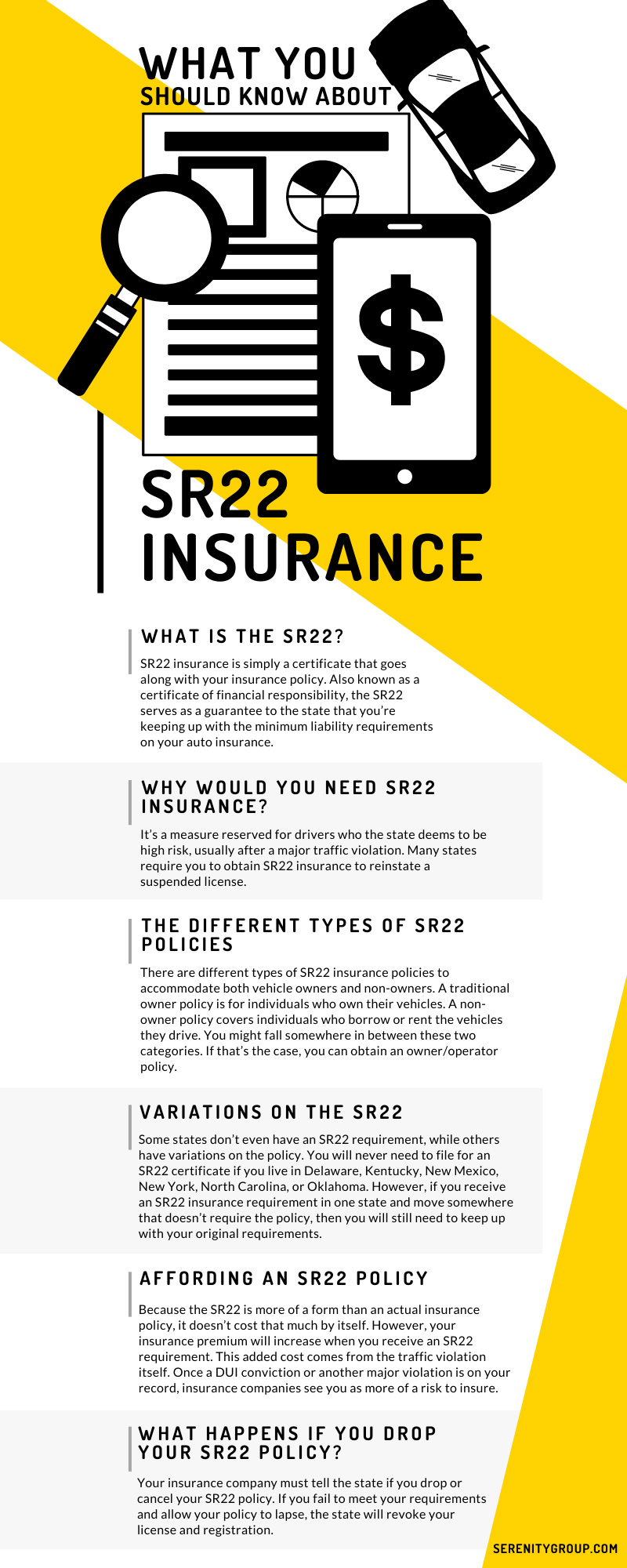

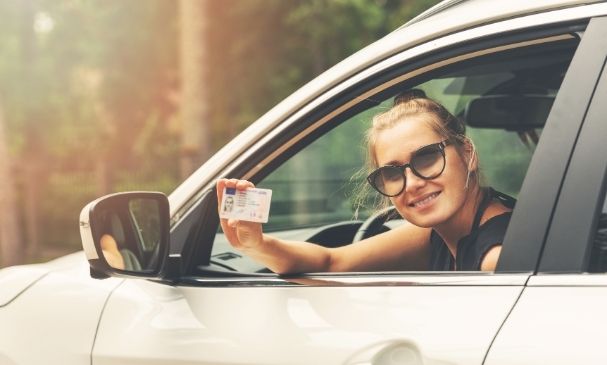
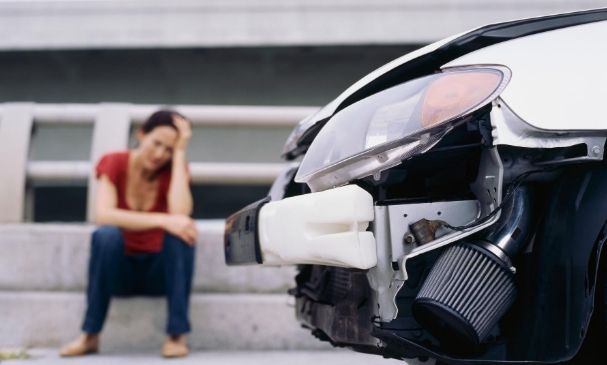


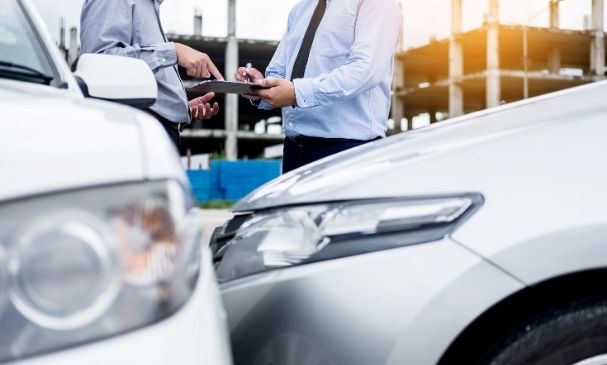
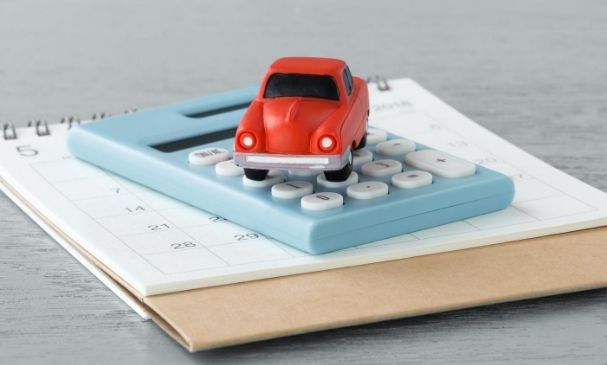

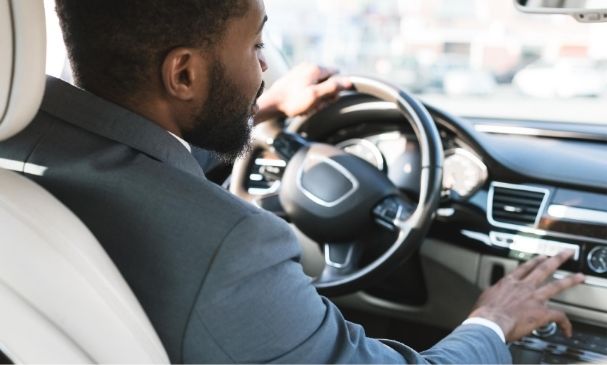
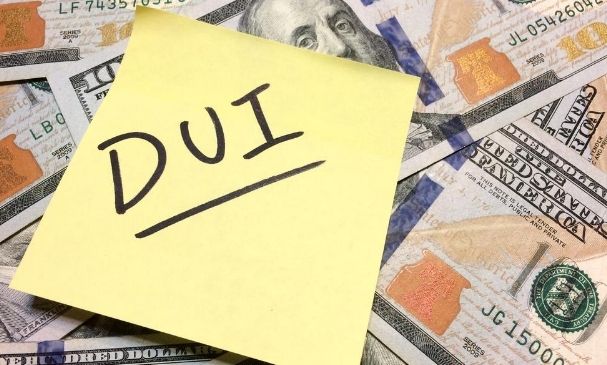
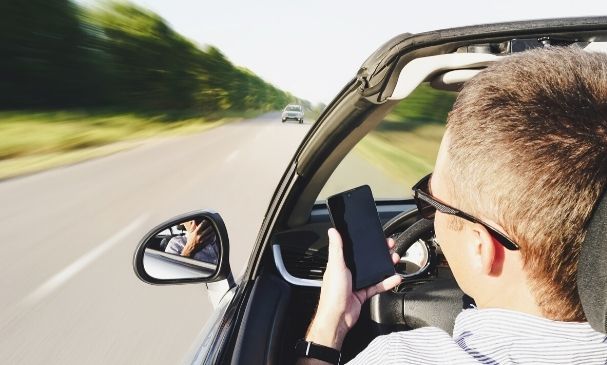
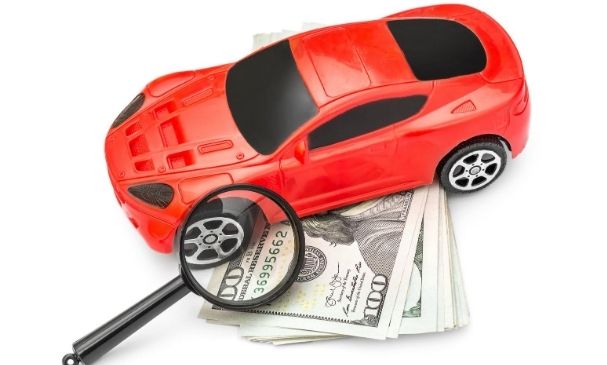
Recent Comments